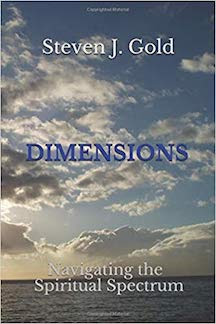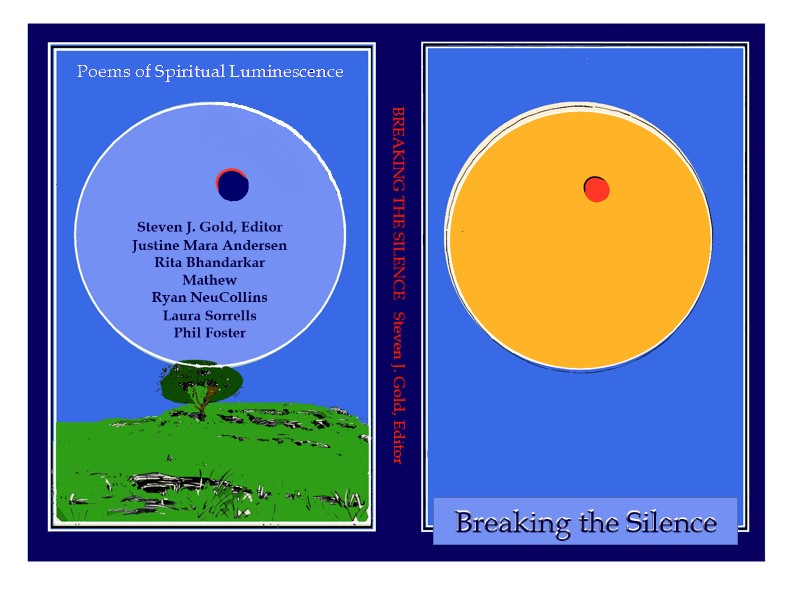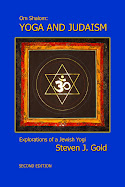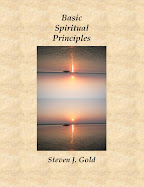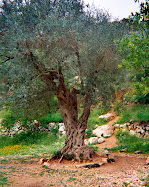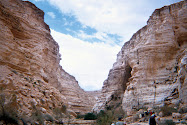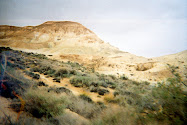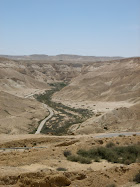-->
I’m sitting,
watching Parker perform her first dance masterpiece. Its baseline is a
collection of moves from her gymnastics class. She has layered on top of these
most of the components of the sun salutation as well as some ferocious wing
fluttering and shimmying. Periodically she stops cold for a few beats—a
two-year-old’s interpretation of a Philip Glass composition. Her grin couldn’t
be bigger. Sometimes it explodes into a giggle of pure happiness. I am thrilled
for her.
Parker’s
great fun is reminding me of an important Zen teaching that often gets swept
under our meditation mats: that our job is to dance with life. We seem to be
forgetting this aspect of the tradition, even though it is woven into many of
the classic stories taught by our teachers. A favorite of mine has to do with
the great Zen Master Hakuin and one of his students. Hakuin was known for his
seriousness and ferocious personality. At the same time he also had a sweet
spot in his heart for the ordinary people living in the villages around him. As
a result they would often visit him, even though many a formal Zen student
feared his presence.
One of
Hakuin’s many visitors was an old woman who apparently had been chanting
Buddha’s name for years but couldn’t quite slide into complete awakeness. He
encourages her to keep practicing by looking into her own heart. She goes off
and chews on his words like a dog with a bone. At night she practices. In the
mornings she practices. She practices while she is doing her chores, walking,
washing, and going to the toilet. She even practices in her sleep. Finally, one
morning while she is washing the dishes, all the falsehoods of her life drop
away and she is completely and utterly awake.
Thrilled,
she rushes to see Hakuin, telling him that her whole body is filled with Buddha
and that all of the mountains and rivers, forests and fields are shining with
great enlightenment.
He looks at
her. “Oh really?” he says. “And is this great light also shining up your butt?”
Even though
the old woman is tiny, she pushes him over, shouting, “Well, I can see you
still have work to do yourself, old man!” They laugh themselves silly and are
so happy that they dance and dance and dance—awakeness meeting awakeness.
There is no
question that we live in a broken world. As I write, all of Eugene is abuzz
with trepidation about a probable earthquake that could happen in the coming
years. It is expected to be a big one, possibly so big that many will be
killed. Meanwhile, many of us are realizing, maybe for the first time, that
this great democracy we call home has some horrific undertones, starting with a
history of building itself on the backs of our brothers and sisters. The
laudable, honorable aspects of the Islamic tradition have been caught in the
undertow of a radical militarism that is holding the world hostage. Many of us
are learning how to live on way less than we ever thought possible, thanks to a
government that has lost its way and a great recession that has never let up in
some quarters. And don’t get me started on the prison system.
And yet.
In my many
years of teaching I’ve watched many students achieve the quiet of emptiness.
And each time my hope is that they will keep going, keep training, keep
studying, because there is so much more. When I see them start to cry easily,
unapologetically, when something is even a little sad or sweet, I continue to
hope they will keep going. Why? Because they still have waiting for them the
great gift discovered by Hakuin’s old woman—great, abiding
holy-shit-I-wouldn’t-believe-it-if-I-weren’t-feeling-it joy. This isn’t loud
joy. It is a quiet, pulsating, porous, “it’s OK” joy that feeds us and gives us
the energy to continue to be of service to the world as it is. Without
expectations. This is the joy that gives us the courage to speak truth to
power. To protest. To climb flagpoles that need climbing. To apologize for a
history of unspeakable abuse. To clean up. And to dance. To dance with our
whole breath, our whole body, the whole world, the whole universe.
Because
that’s our job.
--Geri Larkin,
Spirituality and Health Magazine, Nov.-Dec. 2015 Issue

